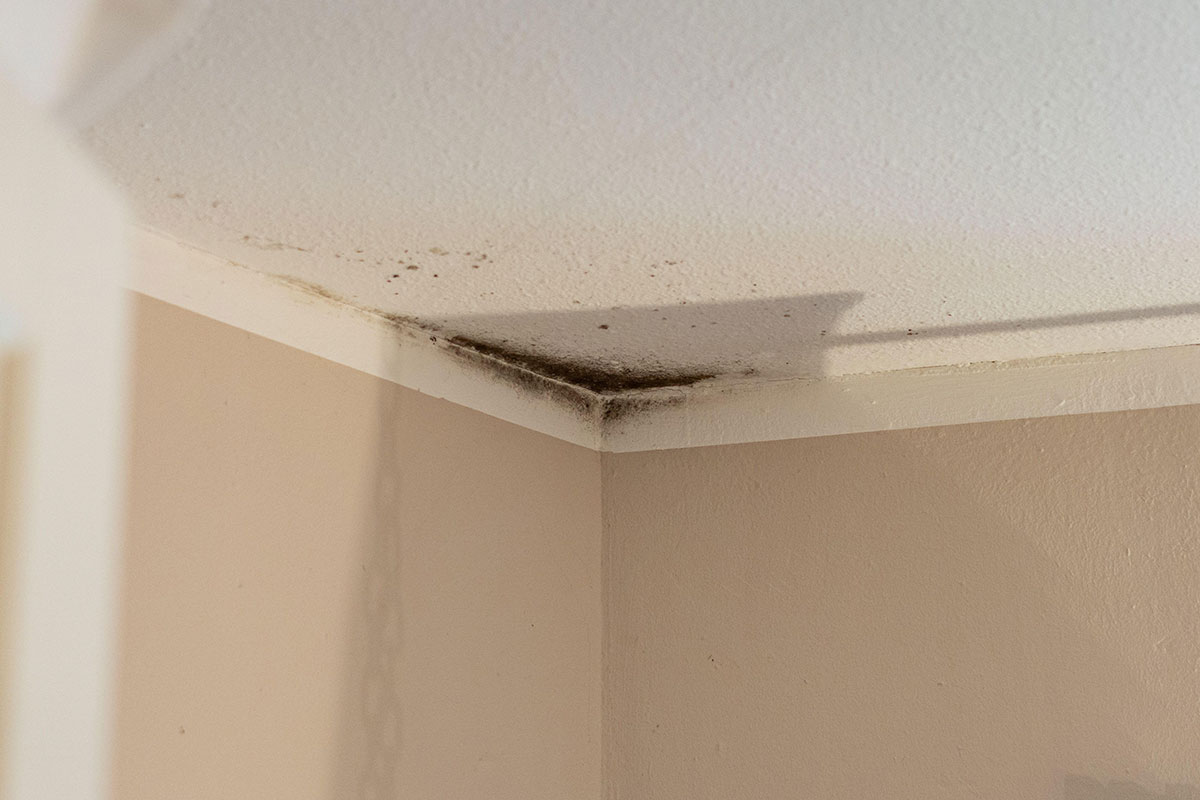Scottish regulator sets out key risks facing social landlords amid ‘difficult economic context’
The Scottish regulator has identified the financial health of social landlords, good governance, tenant safety, and homelessness among the key risks it will focus on in the next year amid a “difficult economic context”.
The Scottish Housing Regulator (SHR) set out these core risk areas in its annual risk assessment of social landlords 2024. The assessment is the main way in which the body works to safeguard and promote the interests of tenants and service users.
The SHR uses its risk assessment to decide whether it needs any further information or assurance from landlords and where landlords may need to improve.
In the publication on Thursday last week (28 November), the regulator said that it will focus on the financial health of social landlords, good governance, quality of homes, tenant safety, performance in delivering services, homelessness, and development.
John Jellema, assistant director of regulation at the SHR, said: “Tenants, other service users and social landlords continue to face a difficult economic context with continued volatility and uncertainty. And the Scottish government has declared a national housing emergency as a result of the significant challenges facing tenants and landlords.
“Our risk assessment will continue to have a strong focus, in particular, on how social landlords deliver homes and services for people who are homeless or at the risk of homelessness.
“We will also keep a focus on social landlord performance in how they deliver services, the development of new homes, the quality of homes, tenant and resident safety, and financial health and governance in registered social landlords [RSLs].”
Financial capacity
The SHR’s analysis of the financial health of the sector showed that overall, despite a tightening of sector finances and less margin for error, liquidity in the sector “remains robust” and providers in general have maintained “sufficient liquidity”.
“At the aggregate level, the sector’s financial performance and strong liquidity suggests that the sector is in a relatively strong position to respond to the financial challenges ahead,” the SHR said.
“But we know those challenges are extremely significant. We also know the reality for some individual RSLs is that their financial positions continue to worsen.
“Our recent analysis has also shown that, overall, the sector’s financial position is weaker than it has been for several years. This is at a time when RSLs are being presented with potentially significant bills for decarbonisation, tenant and resident safety, and regenerating older homes.”
The SHR said that more recently, social landlords have seen additional costs associated with changes to employers’ National Insurance contributions, announced in the Autumn Budget. It added there has been restraint in the rents RSLs have charged, with increases having been below inflation for the past few years.
The SHR said: “In order to deal with the financial headwinds caused by significant and sustained cost increases, many of which have been even higher for RSLs (for example construction materials) one of the options RSLs have taken is to cut the amount they plan to spend on building new social homes.
“While this reduction in new building has been necessary for some RSLs to remain financially secure, it comes at a time when the country needs to build significantly more social housing. Others are having to take additional action and differing actions to remain financially viable and this is why there was an increase last year in the level of financial engagement by us with landlords.”
Tackling homelessness and building new homes
The SHR said that it is continuing to see “systemic issues” in the homelessness system, with Scotland having declared a “housing emergency” in May.
The regulator said homelessness numbers are continuing to rise and that demand in some areas for local homelessness services exceed the capacity in the system to respond.
“For some councils, the increase in capacity that is needed goes beyond what they can deliver alone,” the SHR said.
“This is what we mean when we describe some councils as being impacted by systemic failure. And as things stand, there is a real risk of councils failing to meet their statutory duties and that becoming endemic in some council areas.”
At the same time, the regulator said that based on the current projections, the rate at which landlords are building new social homes has fallen and is projected to remain at a lower level for the next five years.
It cited that RSLs forecast building or buying 22,577 homes over the five-year period to March 2029. This is a 13 per cent decline on the total forecast figure of 26,082 in the five-year forecast made in 2023.
“In the current context, it is an entirely understandable and reasonable business decision for a social landlord to halt or reduce its plans for growth,” the SHR said.
“And social landlords have no statutory obligation to build new homes, but they do have duties to maintain existing homes to statutory standards. So, prioritisation of resources to invest in existing homes is likely to be reality for many social landlords in the coming years.
“So, with a likely drop-off in the number of new homes being built and the potential for more existing homes to become obsolete – as it becomes more difficult for older homes to be maintained or improved to expected standards – it’s not beyond the realms of possibility that we may enter a period when we start to see a risk of net loss in the overall supply of social housing.”
The SHR also highlighted that for RSLs, the development process carries “a significant range of additional risks” which, if not properly managed, have the potential to seriously impact on individual landlords, their tenants and on the sector as a whole.
Tenant safety
The SHR also found the number and proportion of homes that meet the Scottish Housing Quality Standard (SHQS), the main way housing quality is measured in Scotland, in 2023-24 is still lower than in 2020-21.
The regulator said the reduction in homes meeting the SHQS since 2020-21 has largely been because of failures to meet the requirement to install interlinked smoke and heat detectors and to complete electrical safety inspections.
“This has meant there has been a backlog of outstanding inspections and installations, which some landlords are continuing to address and we are engaging with these landlords about this,” the SHR said.
“By the end of 2023-24, there were more homes failing because of outstanding electrical safety inspections rather than smoke and heat detector installations. Landlords told us about difficulties gaining access to some tenants’ homes to meet these requirements.”
The regulator said it remains important that landlords are communicating directly with their tenants to reassure them that if reinforced autoclaved aerated concrete (RAAC) is found, there is no immediate risk, or that the required action is taken where there is.
According to the SHR’s latest update last month, 145 social landlords have now confirmed that there is no RAAC present in their tenants’ homes and 16 landlords have identified the presence of RAAC in some of the homes they provide to tenants, with 2,445 homes affected.
All landlords with RAAC must have an action plan in place to manage it, the SHR said.
The regulator also said it remains important that landlords take “timely and effective action” on damp and mould when found in tenants’ homes.
“Landlords should have systems in place to ensure their tenants’ homes are not affected by damp and mould, and that they have appropriate, proactive systems to identify and deal with any reported cases timeously and effectively,” the SHR said.
In September, proposals were put forward as part of a consultation on the Scottish Social Housing Charter, to force RSLs to report the number of cases of damp and mould in their homes to the regulator.
On building safety, the SHR said it remains important that landlords have a full understanding of their stock, including whether any homes or buildings have combustible cladding.
“If and where identified, the landlord should take immediate action to ensure the safety of tenants and residents,” the SHR said.
Sign up for Social Housing’s weekly news bulletin
Social Housing’s weekly news bulletin delivers the latest news and insight across finance and funding, regulation and governance, policy and strategy, straight to your inbox. Meanwhile, news alerts bring you the biggest stories as they land.
Already have an account? Click here to manage your newsletters.
RELATED









